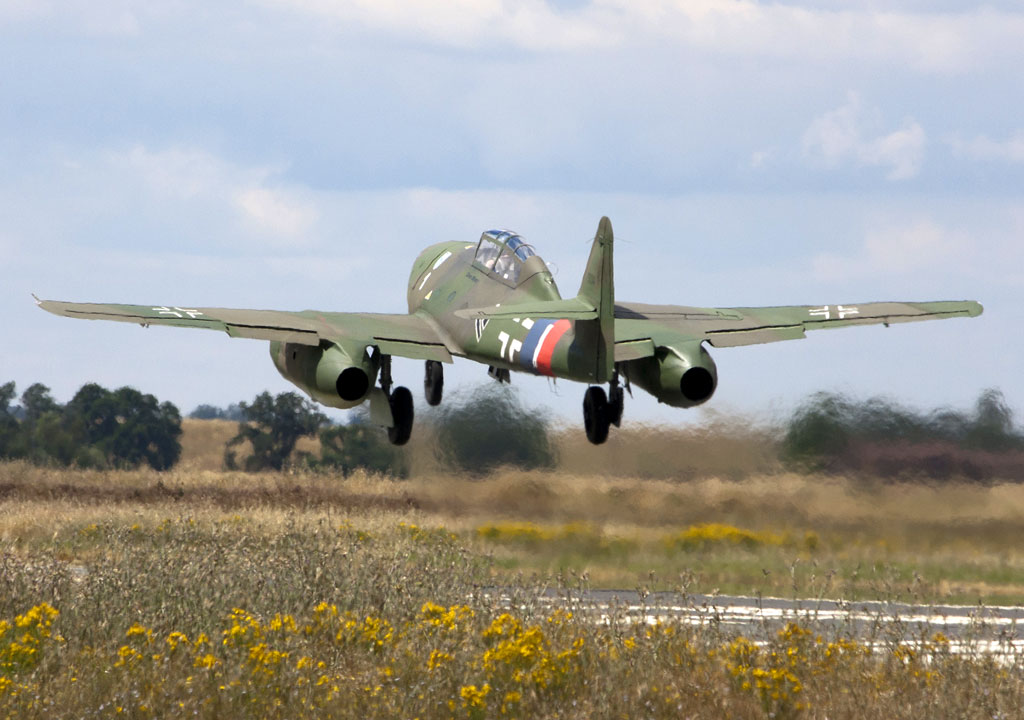Yes. But only partial flaps will help; full flaps are almost always a poor choice for takeoff.
What you describe was the standard operating procedure for the Messerschmitt Me-262s in the JV 44. Due to the low thrust at low speed it had a very long takeoff run, and to operate from short airfields designed for propeller aircraft and hastily repaired after attacks it needed to employ this technique. Note on the picture below the small deflection angle, however: This only worked well when the takeoff run was made with zero flaps and then takeoff flaps (not full flaps!) were added shortly before rotation.
The downside was the risk of an overshoot in case the flaps failed to deploy. If your airfield is long enough, it is certainly safer to set the flaps at the beginning of the takeoff run.
Me-262 two-seater replica taking off (picture source)

